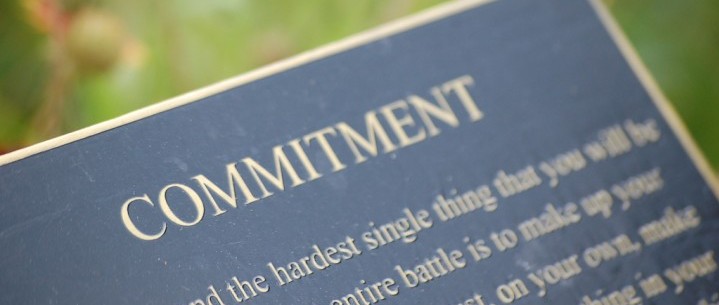
I spent a little time this past weekend capturing some thoughts after a heavy stretch of client work and travel. We have been delivering workshops to our clients at a brisk pace, and every once in a while, I like to pause after a big stretch and capture what I am learning.
One of the dominant thoughts recently has been that nearly everything in our speech pattern is learned behavior. Some things, like the sound of our voice, we can’t really change. That is nature, not nurture. But many things – like the words we use, the speed with which we speak, our tone, our facial expression, our use (or non-use) of verbal pauses like “um” – all of these are learned behaviors. And if something can be learned, it can also be unlearned.
Once you identify something in your speech pattern that needs changing, you have already taken the first step… recognition! Now the second step is the harder one. How do we actually go beyond recognition of the problem, and actually change it? It takes commitment, hard work and patience.
Do you want to say “um” less frequently? Do you want to speak more slowly? Do you want to project more confidence with your voice or your body language? These kinds of changes, along with many others, are all achievable. You can make these changes by taking one of two macro paths… you can either hire someone full time to follow you around and work with you all day, every day to coach these behaviors out of you. But very few people are going to go to that extreme!
Or, you can make the commitment to yourself, and work at it (by, for example, recording yourself regularly, listening to yourself and putting a laser-like focus on change). Add in some occasional coaching and training, and significant change is possible. We have seen some remarkable examples of change over time, but in every case, the change was caused first and foremost because of a commitment by the individual.
Behaviors can be learned. And they can be unlearned.
Good luck!






Comments